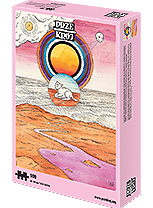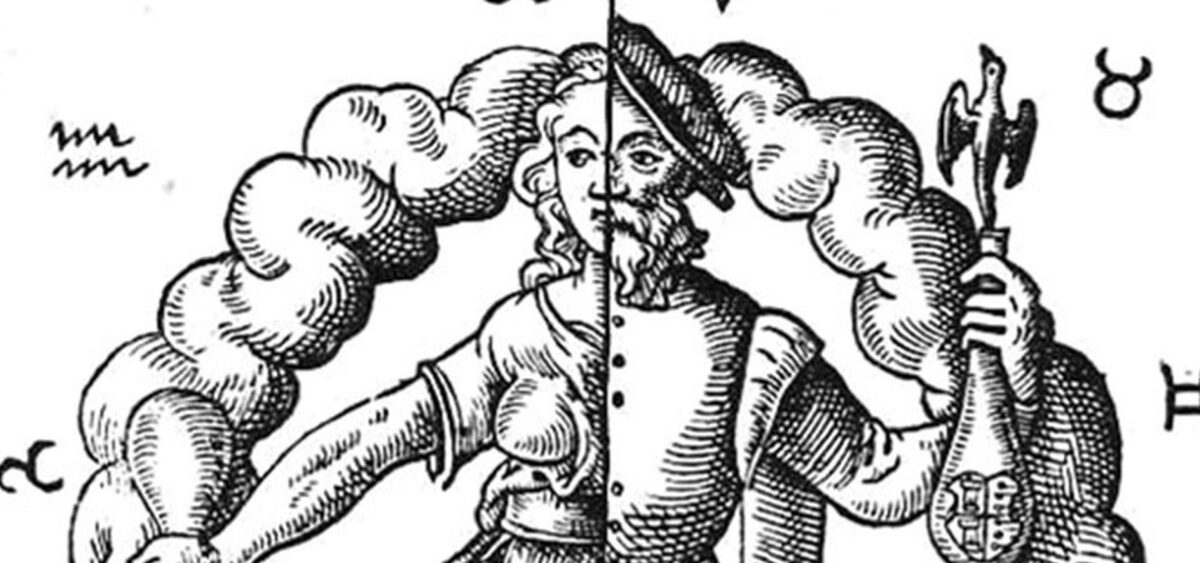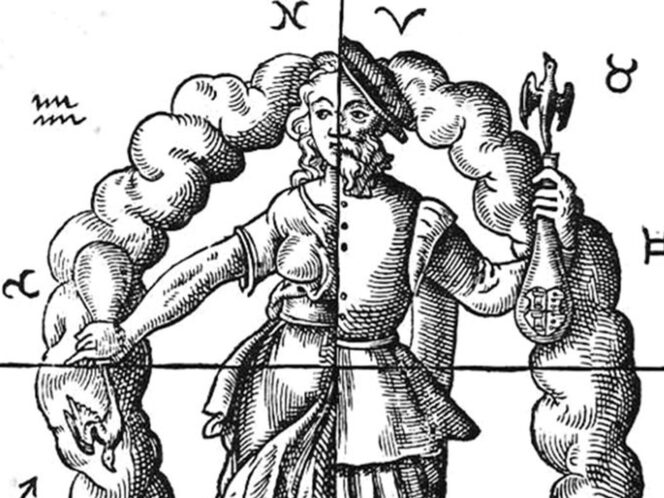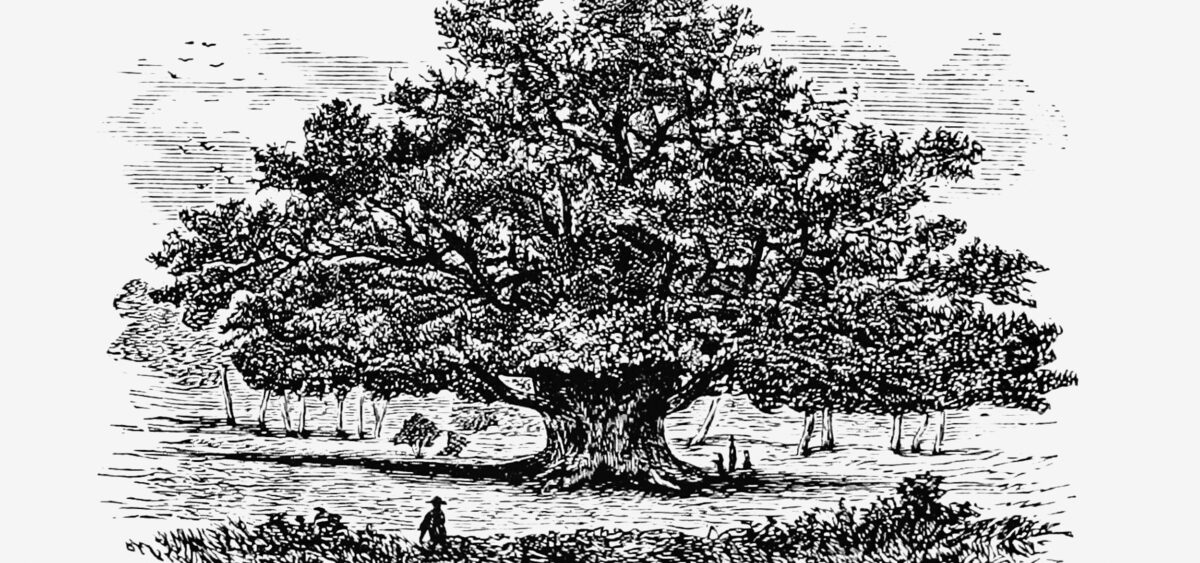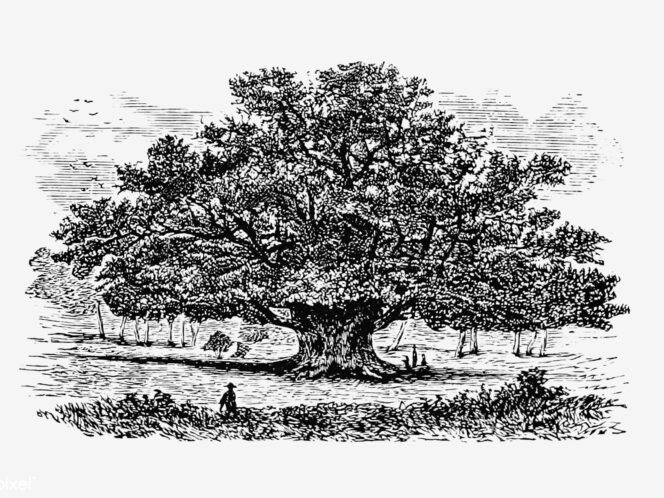
They are skinny (“dry”), but their bodies are reservoirs of enormous energy. According to ancient astro-medical treatises, the choleric temperament is the embodiment of summer. The 1975 film Nights and Days (Noce i dnie) is a period drama depicting the loves and struggles of the fictional, upper-class Niechcic family in the latter half of the 19th century. One of the most ravishing scenes in the history of Polish cinema takes place in the summer. Women in dresses holding parasols, men in light linen suits, are all running toward the water. They’re running, and yet they seem to be flying, because the dynamics of the scene are so stunning, with a waltz by Warsaw-born composer Waldemar Kazanecki playing in the background. When they reach the magnificent lake covered with water lilies, Barbara Ostrzeńska—the heroine of Nights and Days played by the stunning Jadwiga Barańska—says to the man beside her: “Look, such beautiful water lilies!” And so, actor Karol Strasburger’s Józef Toliboski wades into the thick dark water without hesitation. “He dove in as he stood, submerged himself up to the shoulders and returned with an armful of heavy white flowers,” wrote author Maria Dąbrowska, describing this scene in the original novel of the same name. “A lawyer of average height though handsome,” Józef is Barbara’s one true love. But if one were to observe this summer landscape from another time, from the depths of a different history, Józef’s dark, thick beard and “raw testimony to absolute readiness” seems typical of the choleric temperament. At least, this is how thinkers and physicians depicted the Latin cholericus type throughout the ages. In their writings, they were the human embodiment of summer. To them, it wasn’t just a metaphor.
Caustic Humor
Usually, the choleric type is skinny. According to ancient philosophers, their hair is thick, usually dark or black, sometimes a red of saffron-like intensity, their eyes deeply set. They have a sharp nose, an often sallow complexion, and, unfortunately, very brittle teeth. The physical features of a choleric are a reflection of their temperament, which is never static—prone to outbursts, highly impulsive, and emotionally volatile. This susceptibility to extremes in cholerics is in turn the result of “excessive heat and burning humors,” as Polish doctor and botanist Simon de Lowicz wrote at the beginning of the 16th century. The fire


